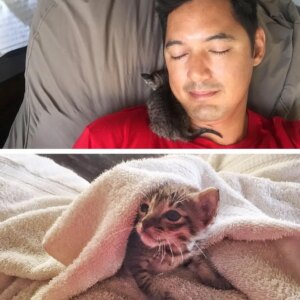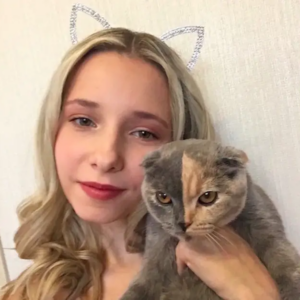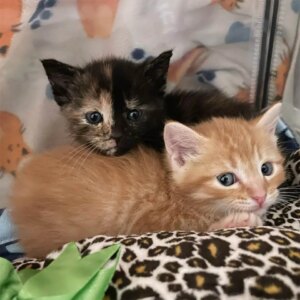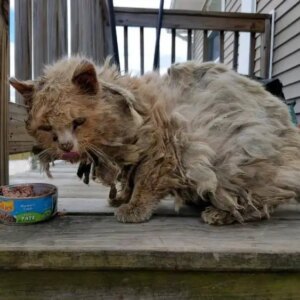Proper hydration plays a vital role in maintaining the overall health and well-being of our feline companions.
As responsible cat owners, it is essential to understand how much water our cats need to drink every day and the importance of ensuring they receive adequate hydration.
In this article, we will explore the significance of proper hydration for cats, the recommended daily water intake, and effective tips for encouraging your cat to drink water.
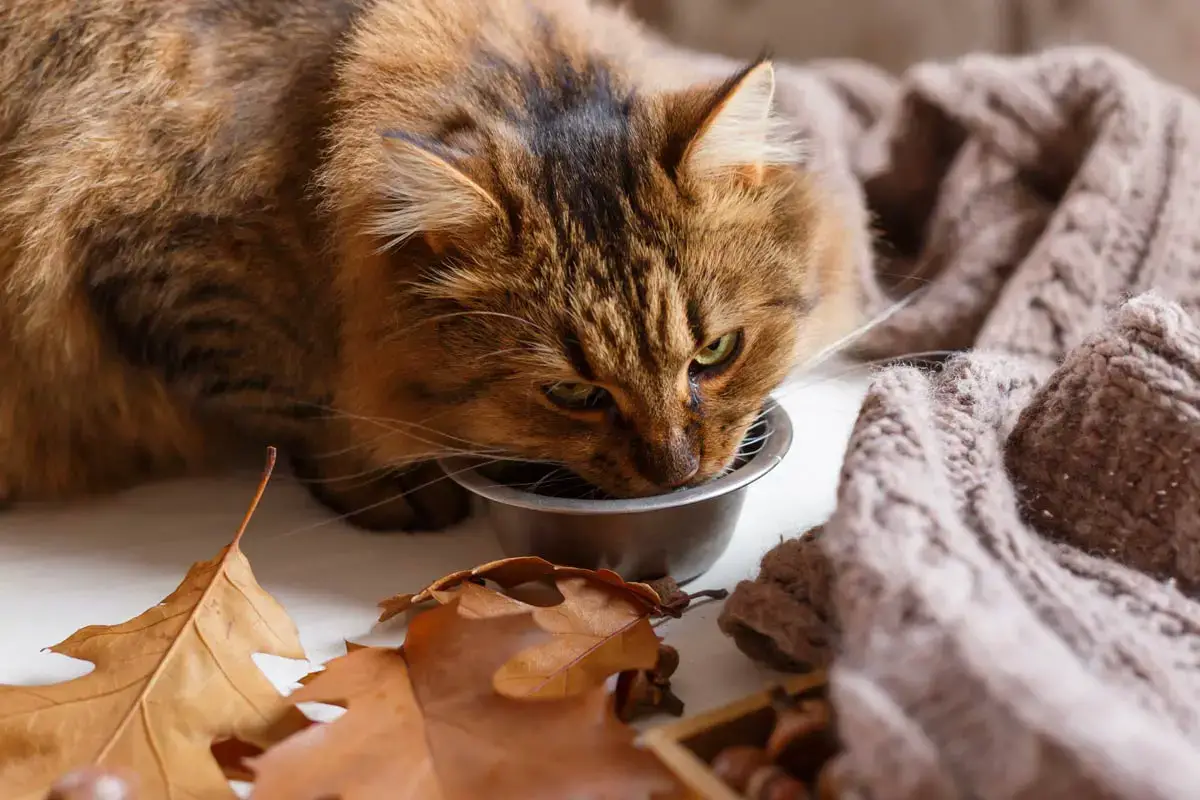
1. Importance of Proper Hydration for Cats
Water is essential for various physiological functions in cats, including digestion, circulation, temperature regulation, and waste elimination.
Adequate hydration helps maintain healthy organ function and supports optimal overall health.
Here are a few key reasons why proper hydration is crucial for cats:
Kidney Function: Cats have a low thirst drive, making them prone to dehydration. Sufficient water intake promotes proper kidney function, helping to flush out toxins and prevent urinary tract issues like kidney stones and urinary tract infections.
Digestive Health: Proper hydration aids digestion by assisting in the breakdown and absorption of nutrients. Insufficient water intake can lead to constipation and other digestive problems.
Coat and Skin Health: Good hydration promotes healthy skin and a glossy coat, reducing the risk of dry skin, dandruff, and excessive shedding.
2. How Much Water Do Cats Need to Drink?
The water intake requirements for cats may vary based on factors such as age, size, diet, activity level, and environmental conditions.
On average, cats need to consume approximately 60-80 milliliters of water per kilogram of body weight per day.
However, it’s important to note that cats consuming wet food obtain some of their water requirements through their diet.
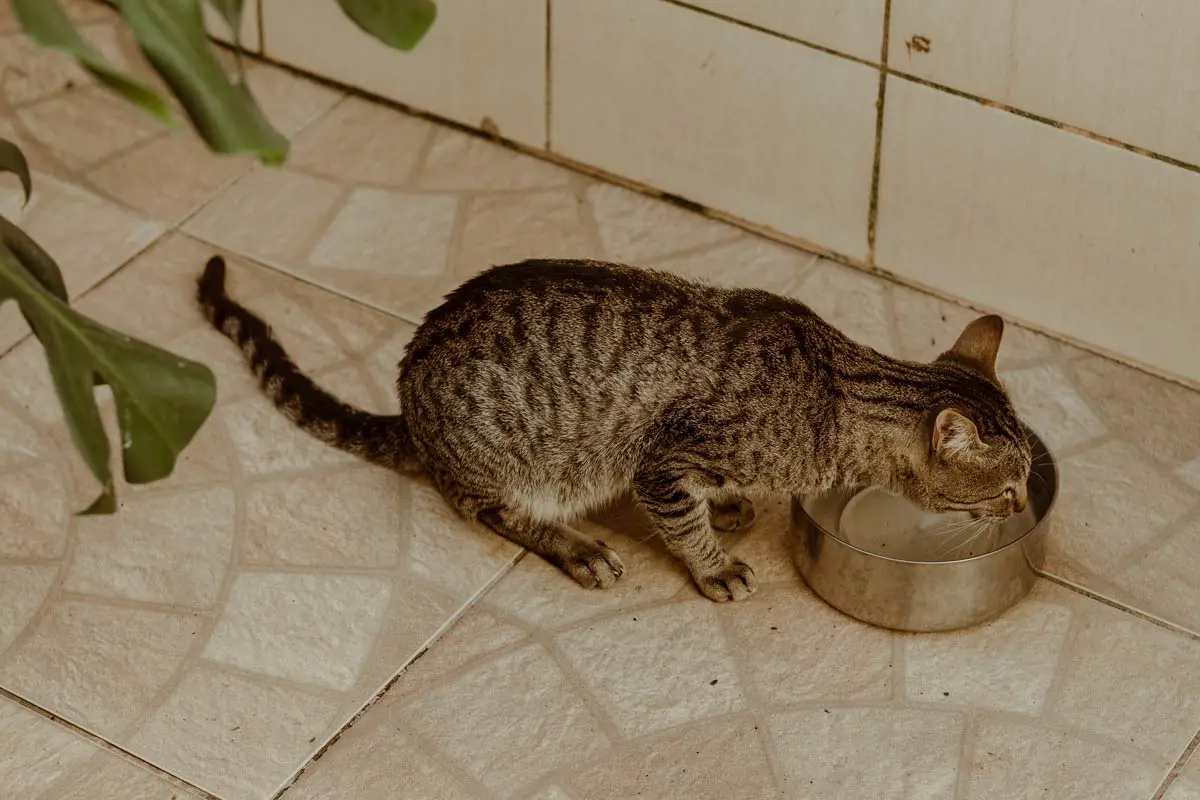
3. Tips for Encouraging Your Cat to Drink Water
If your cat seems reluctant to drink water, there are several strategies you can employ to encourage hydration:
Provide Fresh and Clean Water: Cats are more likely to drink water that is clean and free from any contaminants. Regularly replace the water in your cat’s bowl and clean the bowl thoroughly to ensure freshness.
Multiple Water Sources: Place water bowls in different locations around your home, providing your cat with easy access to water. Some cats prefer running water, so consider investing in a cat water fountain to entice them to drink more.
Wet Food and Moisture-Rich Treats: Incorporate wet food into your cat’s diet as it contains a higher water content than dry kibble. Additionally, you can offer moisture-rich treats like watermelon or canned tuna (in water, not oil) to supplement their hydration.
Elevated Water Bowls: Some cats prefer drinking from elevated bowls, as it reduces strain on their necks. Experiment with different bowl heights to see what your cat prefers.
Flavored Water: Adding a small amount of low-sodium chicken or beef broth to your cat’s water bowl can make it more appealing and encourage them to drink.
Regular Vet Check-ups: Ensure your cat receives regular check-ups to monitor their overall health, including hydration levels. Your veterinarian can provide personalized advice based on your cat’s specific needs.
4. Conclusion
Proper hydration is essential for maintaining your cat’s health and well-being.
By understanding the importance of adequate water intake and implementing simple strategies to encourage your cat to drink water, you can help prevent dehydration and promote a healthier life for your feline companion.
Remember to monitor your cat’s water consumption and consult your veterinarian if you have any concerns about their hydration levels.

